Varicose veins are one of the oldest human diseases, mentioned in the writings of Hippocrates, Avicenna and other founders of medicine. Dilation of venous access can occur in various parts of the body and in organs with wide veins. The most common site is the legs, although it can also form on the stomach, testes, and esophagus. To study the origin of the disease, we first consider the cause of varicose veins.
General information about varicose veins of the lower extremities
Varicose veins occur due to irreversible pathological dilation of veins.This problem is caused by changes in the operation of the valves responsible for blood circulation in the body, mainly in the lower extremities.
The normal operation of the valve means that the movement of blood supports the structure at the moment when the muscle fibers relax or contract. The disease is characterized by valves that no longer close and blood outflow is reduced, so the veins dilate.
With varicose veins, the walls of the blood vessels become thinner and weaker. The main problem is the lack of reversibility of the process, i. e. the wall does not return to its original position even after blood circulation is restored.
Due to its widespread distribution, the disease is of particular concern, as one in ten men and one in three women suffer from varicose veins in their 30s and 40s. The prevalence of the disease is highest in Europe - up to 40% of the population, and lowest in Asia and Africa - around 0. 1%.
Main causes of varicose veins in men and women
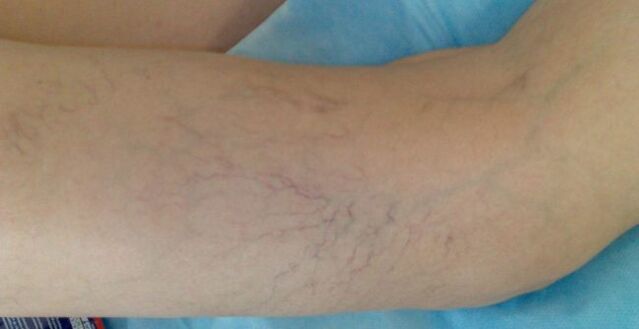
The reasons for the development of this disease are very varied and not related at first glance, but these reasons have been confirmed by research and considered reliable.There are 6 major criteria for varicose vein susceptibility, which we will consider in detail.
There are other less important reasons:
- decrease in immunity;
- Injuries to organs or lower extremities;
- As the statistics attest, gender plays a significant role - women are 3 times more likely to have the disease.
genetic predisposition
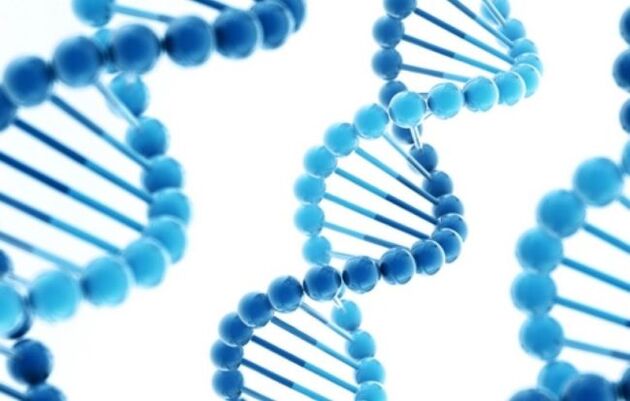
The cause of varicose veins should be considered from genetics, as this cause is present in one-third of all patients.If the family has relatives who are susceptible to the disease, the risk in offspring increases to 70%.The cause is less a familial disease than a pathological change in the structure of blood vessels embedded in the gene. Usually observed:
- Insufficient valve, working failure;
- Connective tissue is present in the vein wall and most likely it is underdeveloped.
For this reason, the disease can be found not only in adults, but also in young girls and boys and children. In men, genetic susceptibility causes the disease much less frequently.
hormones
The reasons for the development of varicose veins are varied, but of all the diversity, hormonal imbalances account for a large share. The main causes of varicose veins in women's legs are:
- pregnancy, childbirth;
- during menstruation or any period of failure;
- menopause;
- Use of drugs that affect the body's hormonal background, especially in overdose.
In men, testosterone is considered a sex hormone, while in women, progesterone tends to negatively affect the walls of blood vessels, resulting in a lack of collagen. Eventually, their tension and elasticity are reduced, and the risk of varicose veins increases many-fold.
inflammatory process
An important prerequisite for the disease is inflammation, which occurs mainly in the organs located in the pelvis.In addition, when the inflammatory process touches the venules, it creates pressure increases in a number of ways. When there is communication between arteries and veins, increased pressure is created, so the function of the valves may be defective. Due to the high pressure, the veins are dilated and the valve is unable to inhibit the reverse flow, which triggers the formation of the knot.
nerve
Tones in blood vessels are controlled by nerve endings. Due to the negative effects of external factors on the nervous system, psycho-emotional state, the nerve center may not be able to fully regulate the valve. Subsequently, the pitch decreases and the vessel volume increases.
sedentary lifestyle
It is this cause of varicose veins that is becoming more and more common, and some people call it "the computer". Muscle fibers contract and prompt the upward release of blood, which is important for normal blood circulation. In a seated position, this does not happen, the metabolic rate decreases and the blood vessels dilate, respectively. Also, sitting can cause some vein blockages.
When sitting, a person is in a slightly bent position, which can lead to high pressure in the abdominal area. From there, in turn, the blood under pressure flows to the leg, and the operation of the valve is of an irregular nature. This is especially true for constipation, coughing, and sneezing.
Physical exercise
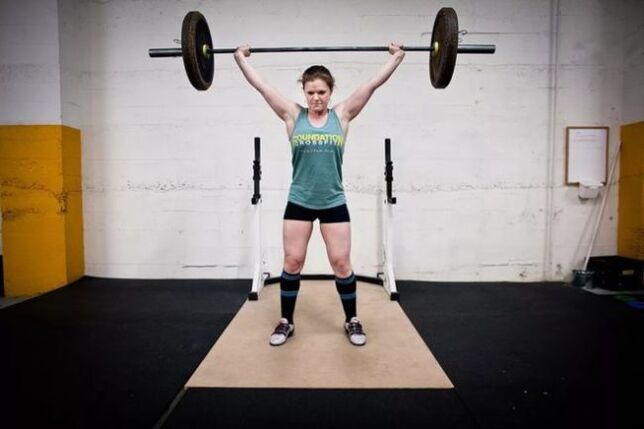
The strong load of the physical plane causes the pressure in the container to increase.Most of the problem is not with hard work but with static load, although the transfer of heavy loads often leads to varicose veins.The main reason is:
- overweight;
- pregnancy and childbirth;
- heavy object movement;
- Stand for long periods of time.
treat
Varicose veins in the legs should be treated promptly, then the risk of worsening the condition can be reduced and the manifestations of the disease can be minimized.The initial phase of treatment is carried out with the use of local medicines, after which, in the absence of treatment, surgical intervention may be required.
According to the type of occurrence and development stage of the disease, the causes and elimination of varicose veins in the legs are comprehensively considered. You can determine the best treatment plan with the help of a specialist, who will suggest a suitable option, but there are no specific drug contraindications.
Creams and Ointments
The advantage of using a cream is that it is easy to apply and only affects the affected area of the body, not the entire body. The ointment helps to eliminate pain, normalize muscle condition and prevent degenerative processes in the blood.
The causes of varicose veins in women are usually hormonal in nature, whereas creams act topically from the outside and thus achieve:
- Appropriate levels of skin nutrition to become more beautiful and healthy;
- Create obstacles in the development of nutritional structure, deviations in metabolism;
- With the orderly circulation of blood, the development of venous disease stops;
- If varicose veins are accompanied by swelling, then creams can remove them.
drug
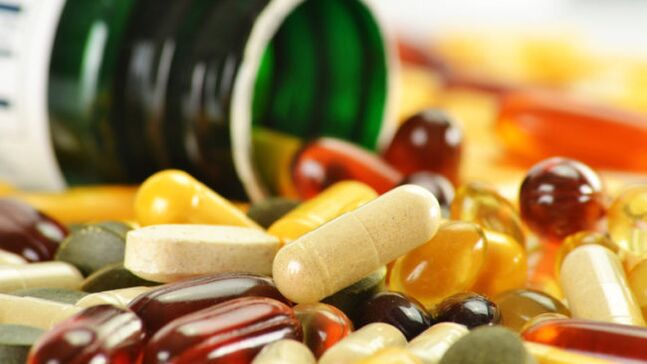
The causes of varicose veins in the legs are usually internal, so you need to treat them from the inside or in a complicated way.
Medications have a variety of effects on the course of the disease, which fall into the following categories:
- Phlebotonics - The main action is to restore the tone to the walls of blood vessels. It is considered the main group of prescription drugs;
- Anticoagulants - prevent blood congestion;
- decongestants;
- Depolymerizing Agents - Reduces the blood's ability to form clots.
Operation
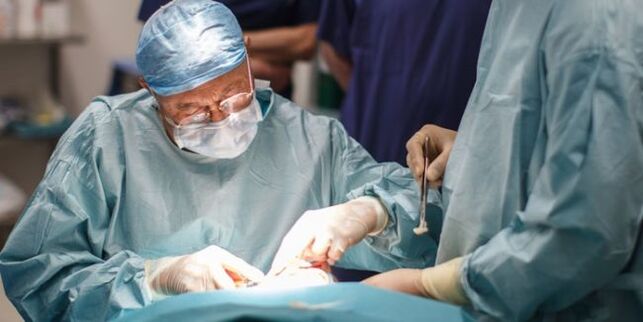
Varicose veins in the legs and other parts of the body can have a variety of causes, but regardless of the cause, the disease will develop. There are certain aspects where conservative treatment rarely has a positive effect if the disease has spread beyond them. In extreme cases, you must resort to surgical intervention.
Today, there are several surgical methods: laser, radiofrequency, venule excision, etc. Overall, it is possible to simply restore leg health or prevent foot disease from forming.
Classification
Varicose veins have different causes and therefore different forms of the disease. It is generally accepted to distinguish between several forms and 4 degrees of the disease:
- Descending form - the spread of the disease starts from above and gradually descends along the femoral vein, starting from the mouth;
- Ascending form - When symptoms initially start in the feet and gradually move up, the cause is a valve problem.
The severity of the disease is conditionally divided into 4 categories:
- 0 - the disease is at the stage of pathologically undetermined diagnosis;
- I - Slight swelling, may feel heavy in the legs or "spider veins";
- II - increased edema, especially at night, some discoloration of the skin, eczema;
- III - trophic ulcers, they may not regenerate.
Dangers and Complications
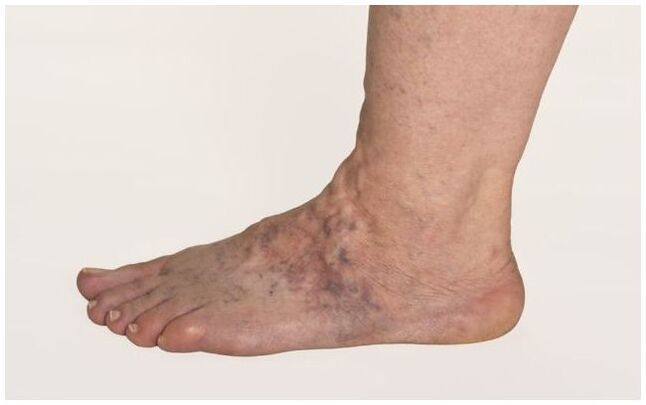
The causes of varicose veins can vary from person to person and cannot be completely cured, but they should still be treated.The main risk of this disease is complications from varicose veins.Dangerous side effects:
- trophic ulcer;
- Inflammation, especially the erysipelas type;
- Thrombophlebitis - increased risk of blood clots.
Symptoms of varicose veins
Symptoms of the disease sometimes appear and sometimes subside, but in any case varicose veins must be treated without waiting for acute manifestations. You can recognize the disease by the following characteristic symptoms:
- Heavy legs and increased fatigue, especially at night;
- The veins turn blue in color and are somewhat swollen. Typical performance when everything returns to normal when the limb is lifted;
- Over time, small nodules or gravel may appear;
- Swelling in the feet, ankles, and calves, the legs seem to burst, and there are frequent twitches;
- As the disease progresses, dry skin is observed, and dark seals also form;
- Nutritional ulcers.
At what stage should you see a doctor?
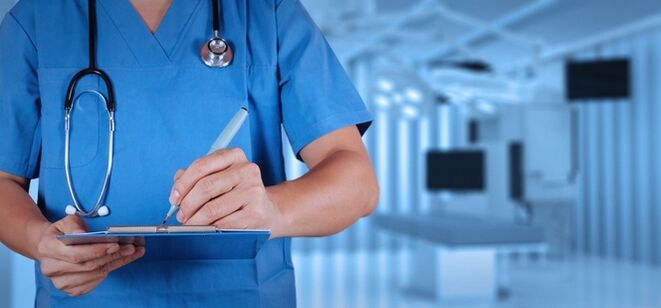
Treatment of varicose veins in women or men should be started as soon as possible.Usually patients do not pay attention to the main manifestations, but they should not be ignored.
You need to contact a phlebologist as soon as you detect the main symptoms of the disease - increased fatigue and heaviness in the legs, as well as changes in skin color, swelling, etc. To determine the cause of the disease, they often turn to other specialists: general practitioners, gynecologists and neurologists.
Disease diagnosis
Diagnosis can only be made on the basis of a comprehensive diagnosis:
- Complete blood count - to check for levels of clotting and the presence of inflammation;
- Ultrasound - to detect affected blood vessels;
- Angiography - to determine tissue nutrient levels, used to determine the stage of varicose veins;
- venography - contrast medium is used to study the patency of veins;
- Physiological tests - check valve function.
Predictions and Preventive Actions

Varicose veins are one of the irreversible processes, so full recovery is almost impossible.With prompt medical attention, proper diagnosis, preventive measures and treatment, it is very possible to eliminate symptoms.
Prevention is fairly standard:
- healthy lifestyle;
- Healthy Food;
- eliminate bad habits;
- If you stay in one position for a long time, do not cross your legs;
- exercise, warm up;
- regular use of the services of a massage therapist;
- Wear as many comfortable clothes as possible.
Many people no longer give the disease the attention it deserves, even though such carelessness can damage the health of the entire organism. To prevent the development of varicose veins, it is necessary to follow the doctor's advice and prevent it at all stages.


















